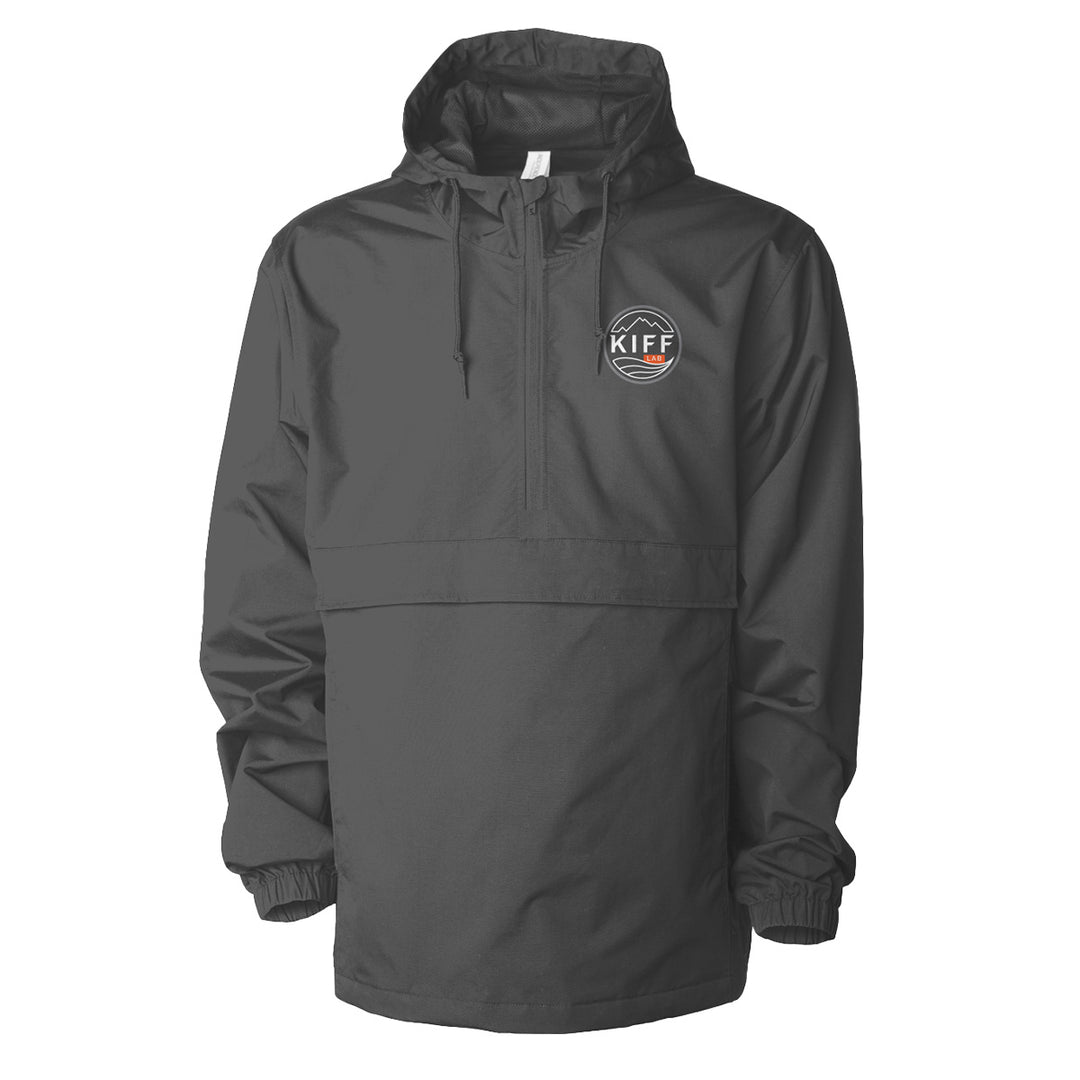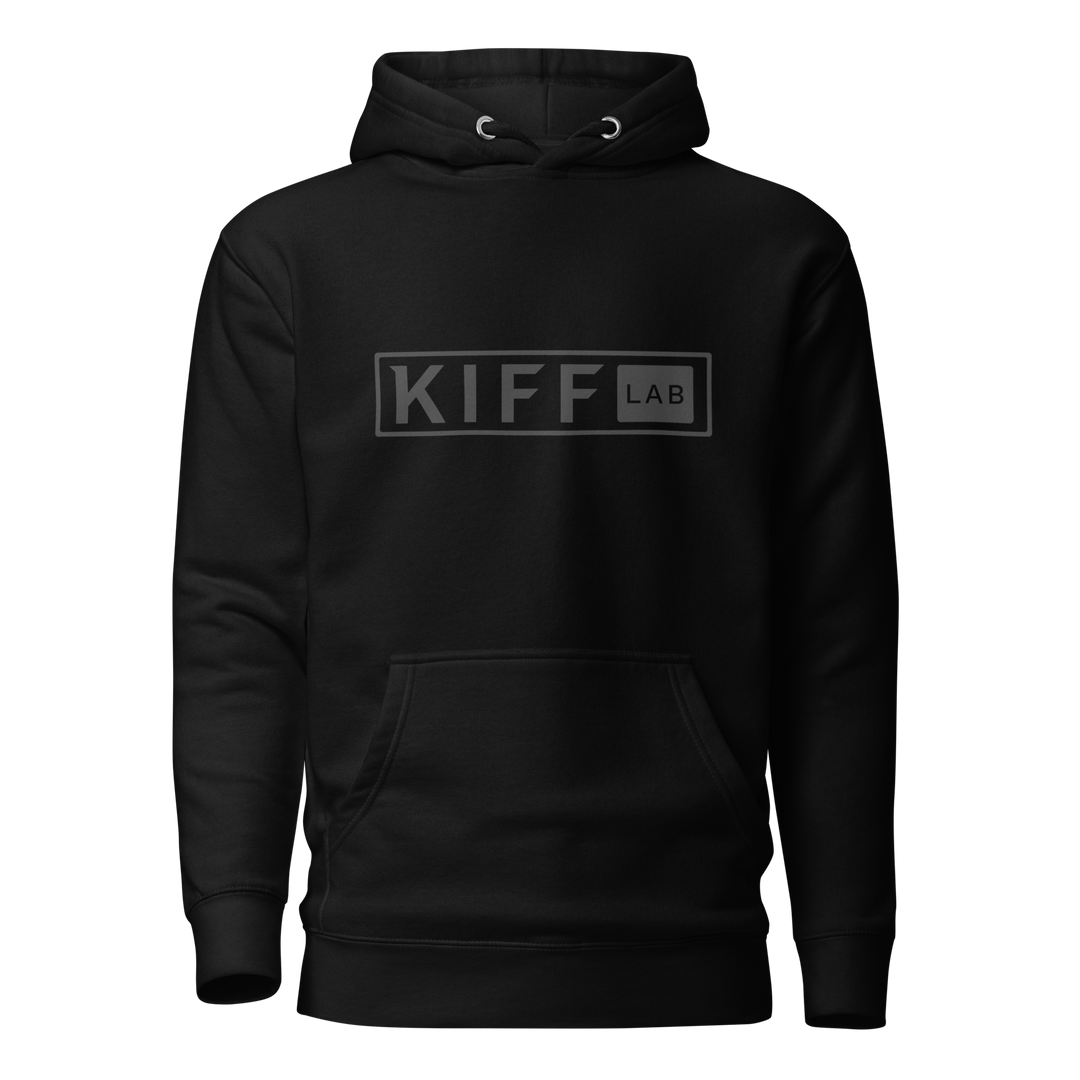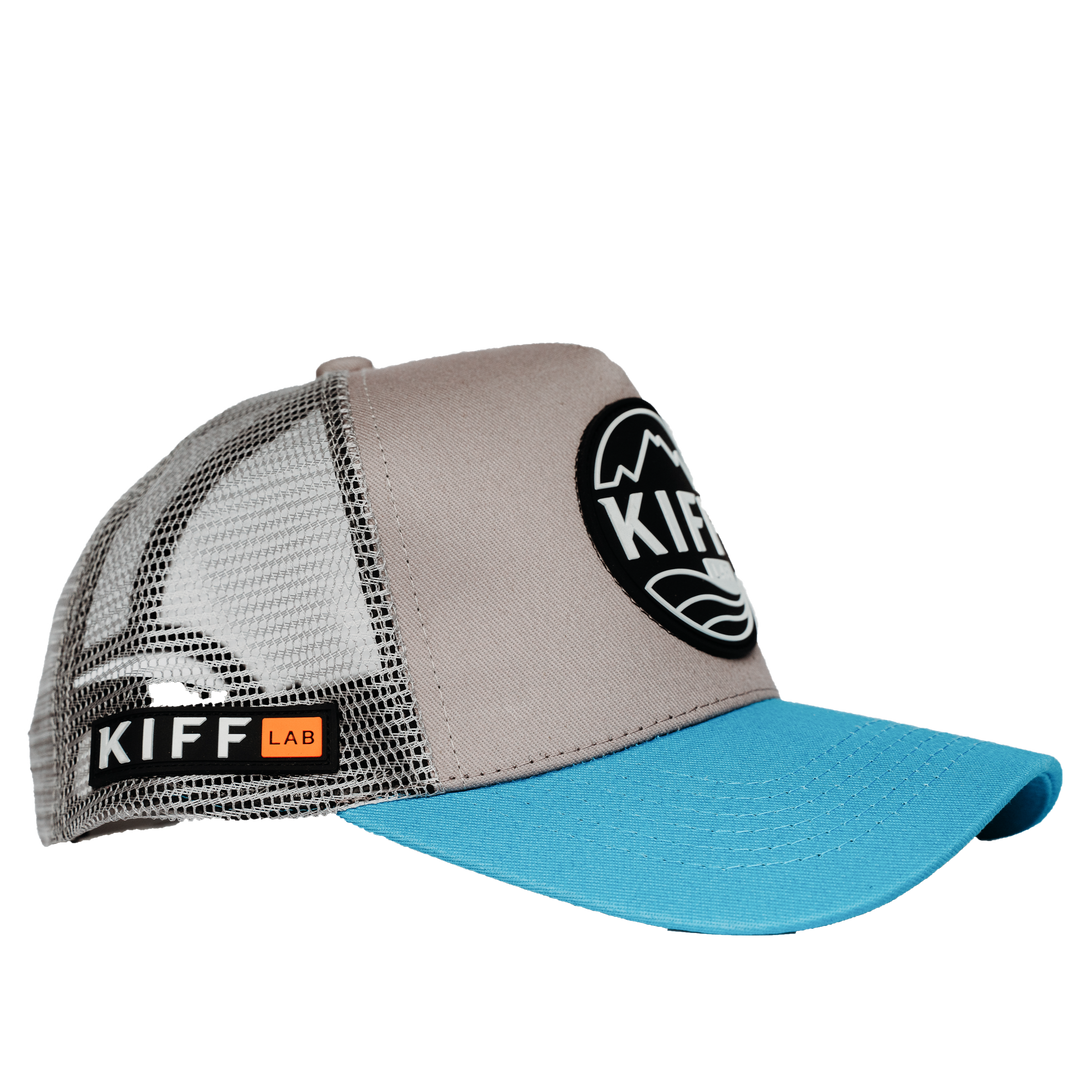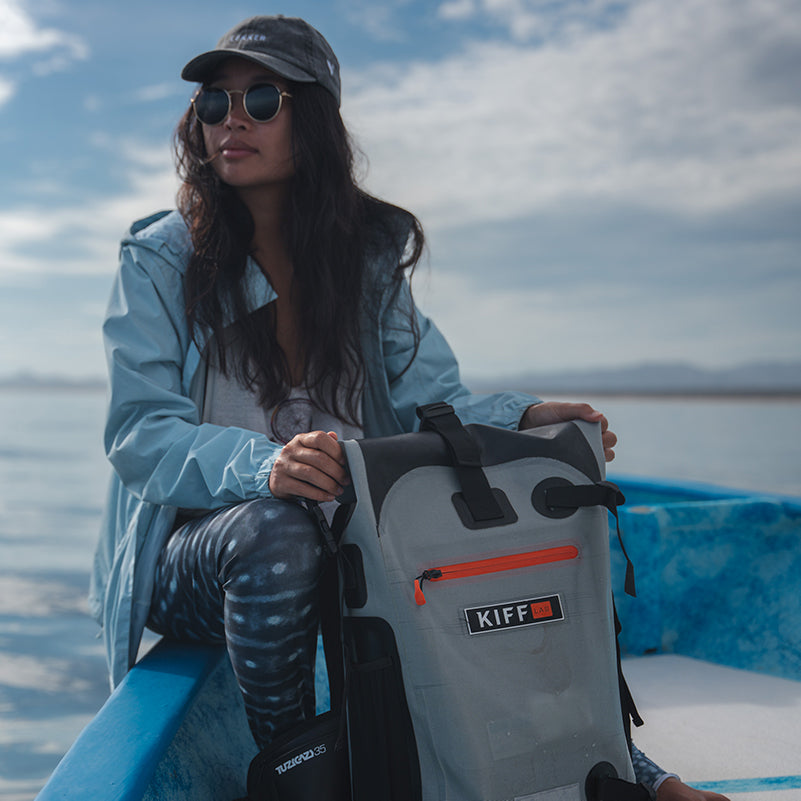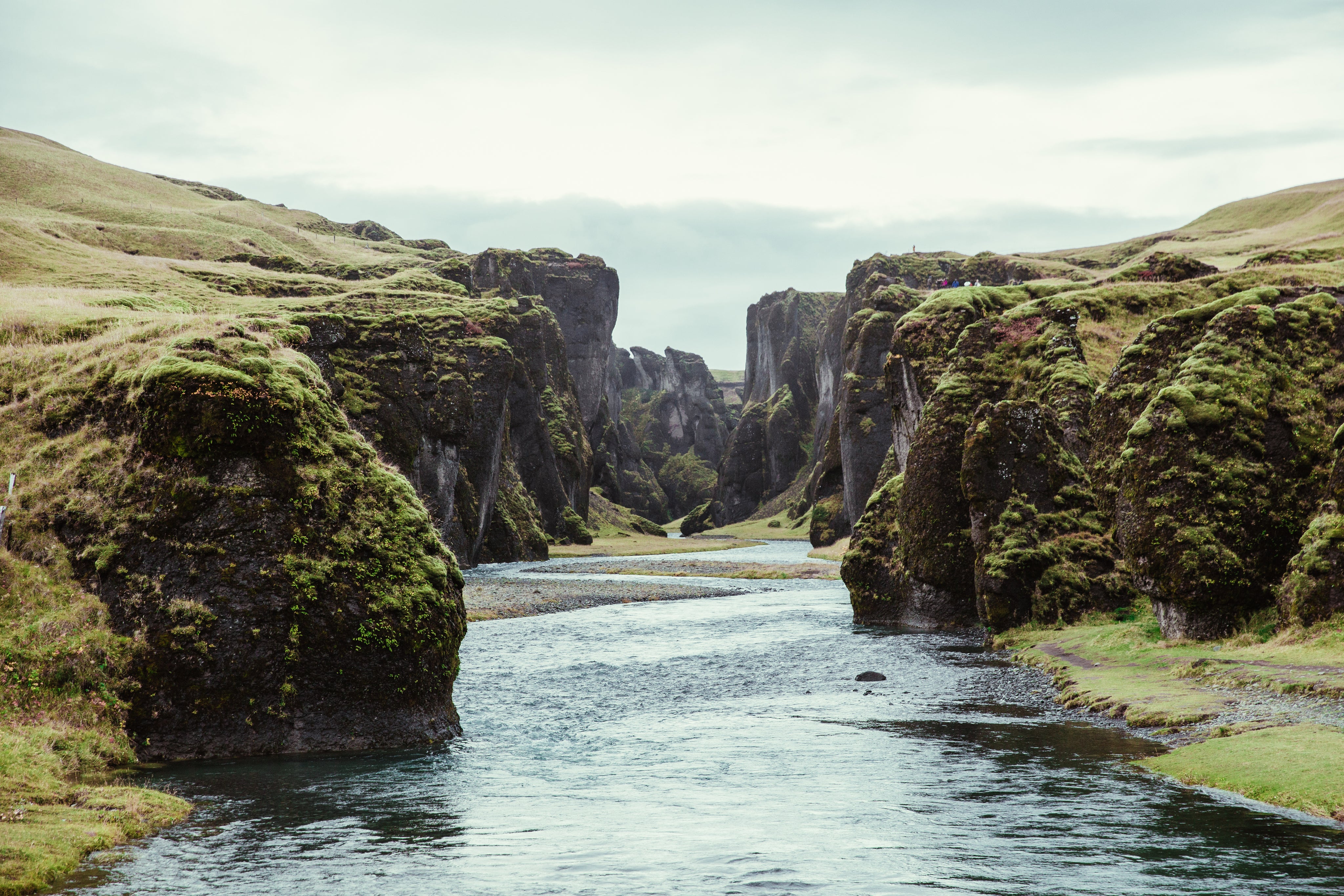How to Pack Your Kayak
Tips on how to load your Kayak
Kayaking is a great way to traverse a wide range of waterways, whether you're setting out for a brief excursion or a longer journey. Your kayak is akin to a reliable backpack on water, designed to hold all your essentials without burdening you. At KiffLab, we specialize in quality sustainable waterproof bags and backpacks, and we're here to help you master the art of kayak packing for a seamless and enjoyable experience.
Sit-On-Top Kayak: Day Trip Packing
For casual day outings, sit-on-top kayaks are ideal. They often come with spaces at the bow and stern for your KiffLab dry bags, compact coolers, or even those handy milk crates for those who enjoy fishing from their kayak. Keep your gear in place with the pre-attached bungee cords or extra tie-downs. A low weight helps with stability, and centering heavier items optimizes the kayak's balance.
The Multi-Day Touring Kayak: Packing for Longer Trips
Setting off on a multi-day adventure means preparing your touring kayak carefully. It's essential for ensuring even weight distribution, ease of access, and orderly packing. Practice packing your kayak at home with your waterproof backpacks to guarantee a perfect fit.
Kayak Weight Distribution
Place the bulkier and heavier provisions, like sustenance and hydration, near the middle of your kayak. KiffLab’s waterproof bags are robust and fully sealed, ideal for these critical supplies. Lighter belongings, such as clothes and bedding, should be allocated to the storage areas at the ends. Keeping your load low and centered will ensure that your vessel remains stable and well-balanced.
Dry Bags: Essential for Kayaking
Let's begin by clarifying a common query: What is a dry bag? In simple terms, a dry bag, or as we sometimes call it, a dry pack, is a water-resistant sack intended to safeguard your possessions from getting wet, particularly during water-based activities like kayaking. KiffLab’s dry bags are made with an eye for sustainability, incorporating earth-friendly materials while ensuring they are sturdy and resilient.
Waterproof dry bags are indispensable when kayaking. They’re your best bet for keeping vital gear dry. When sealing, press out as much air as you can to maximize space. Opt for several smaller bags over a few large ones to enhance fit and organization, using different colors or labels to quickly find what you need.
Maximizing Storage Hatch Space
The hatches on touring kayaks might look small, but they lead to ample storage space. Work your gear in as far as it can go using your bags. If a bag is too large to fit through the opening, empty it inside the hatch first, then repack it and seal. Always ensure that each hatch is tightly closed before you begin paddling.
Accessibility and Efficiency
Items you need to reach while on the water should be kept close at hand, like on the deck rigging in front of your seat. Store important safety gear in easily accessible places like your PFD pockets or near your seating area. Also, remember to have a system for where you pack things like your meal or additional layers for warmth, along with essential safety equipment such as a first aid kit and navigation devices.
Packing your kayak can be as straightforward as preparing for a day hike, especially when you have the right equipment. KiffLab's variety of top-tier waterproof bags and packs not only fulfill their purpose but also support sustainable practices. So grab your gear, pack smart, and set off on your next aquatic adventure!





